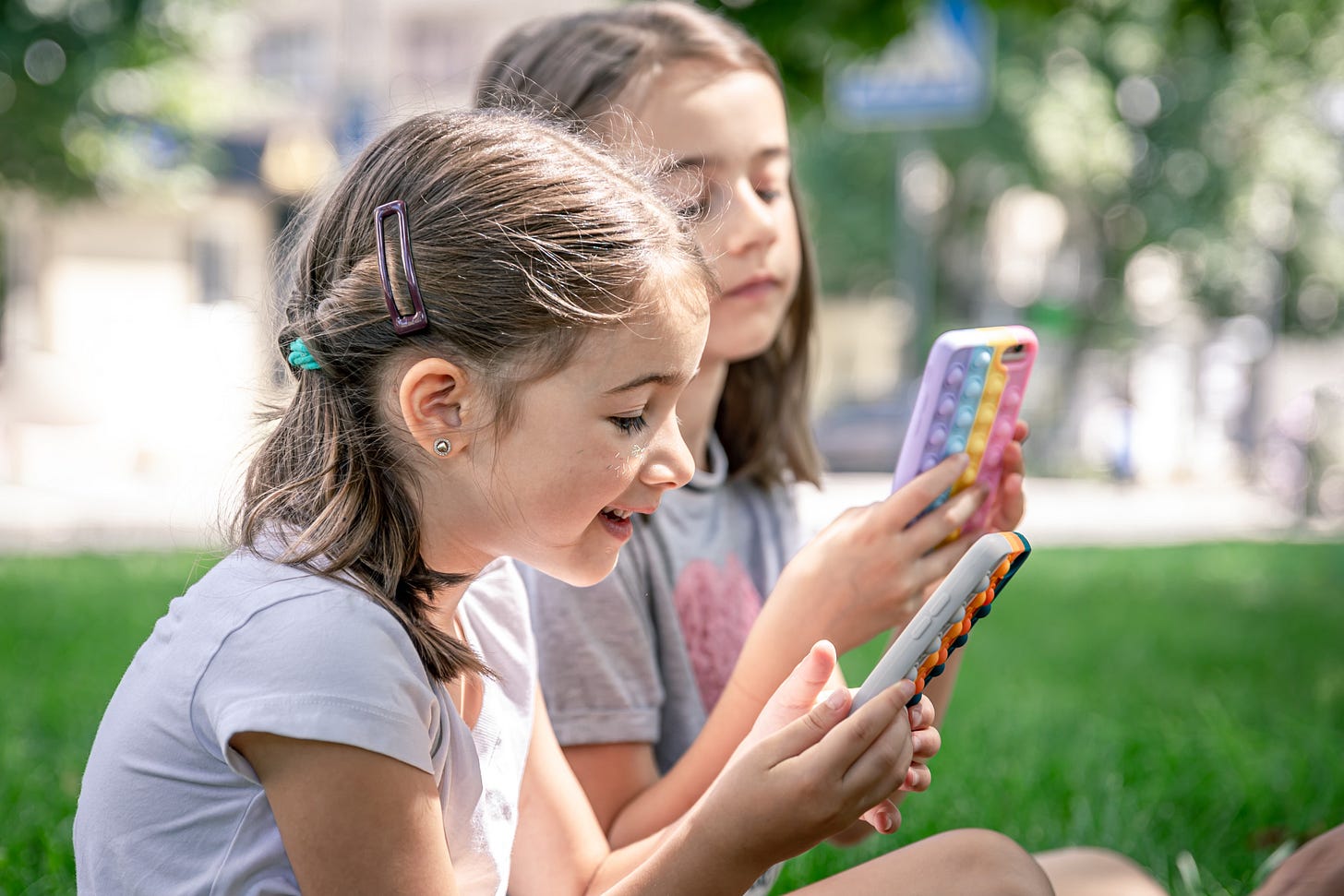"Go Play Outside.” “Just Five More Minutes!
A Conversation Across Generations
I was at the neighborhood park yesterday when I overheard a familiar negotiation. A mother, glancing occasionally at her smartwatch, tried to convince her child to put down a device and enjoy the playground.
“We came to the park to play,” she said with the gentle frustration parents know all too well.
The child’s response? “Just five more minutes”—a timeless plea that took me straight back to my own childhood.
The same words, different meanings.
I couldn’t help but think: What happened to the days when “Go play outside” meant actually playing at the park?
Back then, “just five more minutes” was our plea for more time on the swings, more time with friends, more time in that space between home and elsewhere.
Now, it’s often a request for more screen time—even when we’re already outside.
Each generation faces its own version of this conversation.
For Baby Boomers like me, the exchange was simple and non-negotiable. Our parents would walk to the TV, turn it off, and point to the door.
“Go play outside” meant exactly that: go to the park, find your friends, create your own adventures.
No tantrums. No negotiations. No devices to pry from small hands.
The spaces changed. The longing didn’t.
Here I was, watching a child surrounded by swings and slides, yet still tethered to a screen.
And there was the mother, trying to limit screen time while checking her own device between sentences.
The irony seemed lost on both of them.
What are we really asking for?
It struck me that “Go play outside” was never really about disconnection. It was about connection—connection with nature, with friends, with the freedom that comes from unstructured time in open spaces.
Our parents weren’t trying to punish us. They were giving us access to what we now call third spaces—those vital places beyond home where community happens naturally and where we learn to be present with each other.
The space between then and now.
Today’s parents face something unprecedented. They’re trying to create the same opportunities for connection in a world where screens follow us everywhere—even to the places we once went to escape them.
Maybe the answer isn’t about going back to simpler times. Maybe it’s about creating new kinds of spaces where connection can happen on its own terms.
🌟 Share your thoughts!
Where do you find your own version of “playing outside”? Hit reply or leave a comment—I’d love to hear your perspective.
Coming next week:
When AI Joins the Conversation: Human Spaces in an AI World—exploring how artificial intelligence is changing the nature of our conversations and connections.



